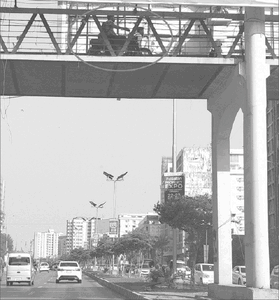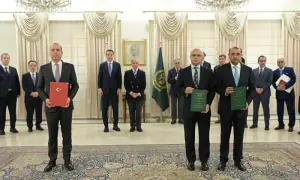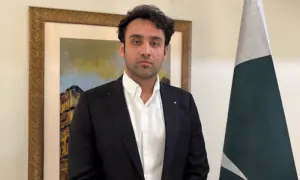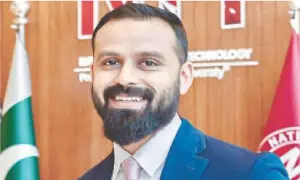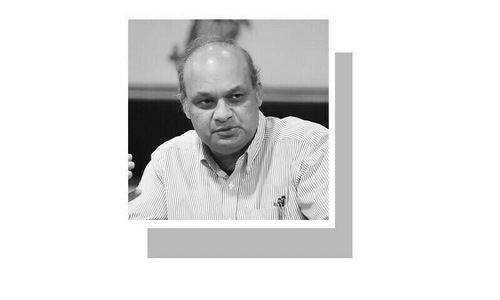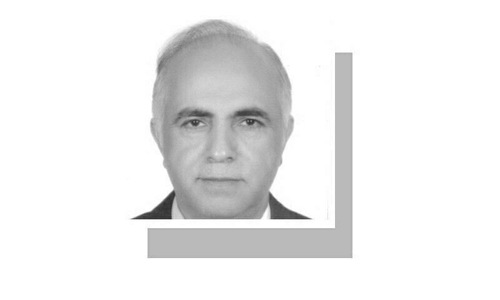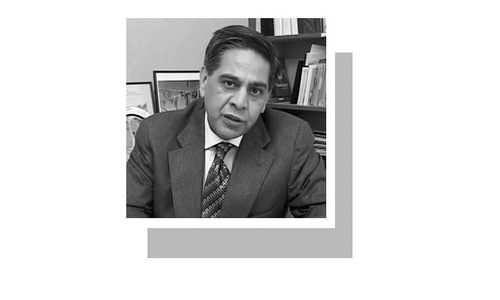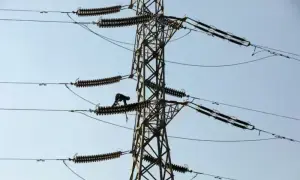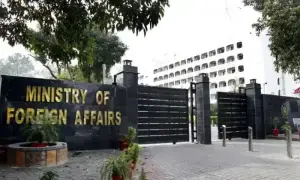AYUB arc bridge on the Indus, linking the cities of Rohri and Sukkur, completed 50 years on May 6. It was inaugurated by president Ayub Khan on May 6, 1962 and named after him.
Since my late father was a bridge engineer in Railways and was also involved in the construction of this bridge, I was also present at the opening ceremony and had the opportunity of requesting Ayub Khan for his autograph, which he obliged.
Incidentally the Railways had also celebrated its centenary year in 1962. Railway material used during the early years, including a steam engine commissioned in 1862, was displayed in an exhibition held at the railway workshop in Mughalpura, Lahore.
Although small, Ayub Bridge is a replica of the Australian icon Sydney Harbour Bridge, whose arc span is of 503 meters against 300 meters of Ayub Bridge. Sydney Bridge was opened on March 19, 1932 before an estimated crowd of one million.
It is a coincidence that construction of both the bridges was carried out by the same English company named Dorman Long and Company of Middleborough. Dr D. D. Steinman of New York had designed the elegant bridge which cost about Rs20 million. He had also graced the occasion with his presence in Sukkur on the day of its opening.
Before inauguration of the Ayub Bridge, another brilliant feat of engineering, the adjoining Lansdowne Bridge, was being used for railway traffic since its opening on March 25, 1889.
The only road link between the cities of Sukkur and Rohri was the Sukkur Barrage. After shifting of the railway traffic to the Ayub Bridge, the Lansdowne Bridge is being exclusively used for road traffic. Both the bridges are located so close to each other that they appear to be one from a distance.
The rationale behind construction of this arc bridge over the Indus is rocks in the river bed which do not allow the pillars to withstand the constant flow and pressure of water for a long time.
The construction phase of Ayub Bridge was interesting as first of all four huge cemented abutments, two on each side of the river banks, were made.
These abutments have to bear weight of the arc. In arc bridges, construction work has to start simultaneously from both sides of the river.
Therefore, two half arches supporting the deck with cables were built which were joined as one, to the amusement of the people witnessing the activity.
My father would climb up the arcs through a ladder every day to physically check the strength of hundreds of rivets used in the bridge.
Rivet is a metal pin used for fastening two pieces of metal together. It was a frightening sight not only for us but also for others watching, with the mighty Indus flowing beneath.
Ayub Bridge is a living example of a magnificent structure built with the joint efforts of engineers of Dorman Long and Company and the Pakistan Railways.
It also reflects the passion and sincerity of the people at the helm of affairs of Railways at that time to bring about tangible improvements in the country’s transportation systems.
PARVEZ RAHIM Karachi


